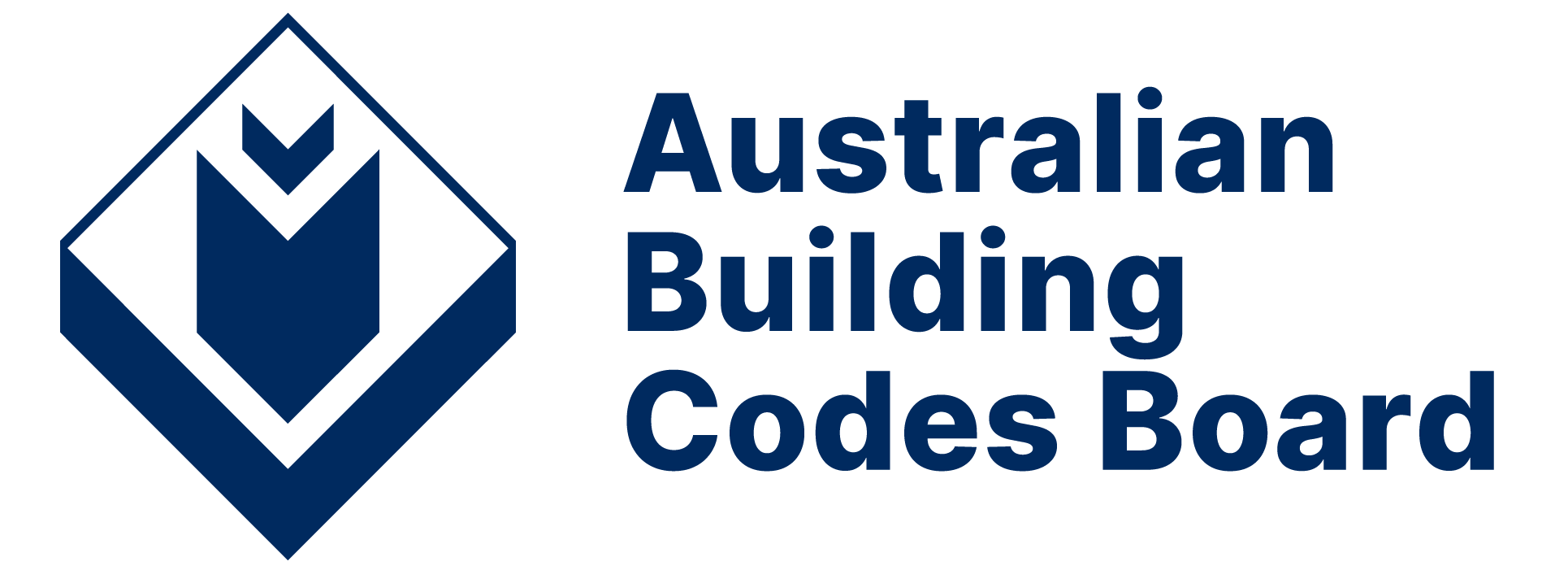Discussion paper: Involvement of fire authorities in building design
Feedback updated 14 Dec 2021
We asked
We asked for your input on how to improve fire authority invoment in the building design process in response to Recommendation 8 of the Building Confidence Report. We proposed a model code of conduct and model guidance.
You said
You provided valuable information on the limitations and barriers affecting fire authority involvement and made practical suggestions to address these through the proposed code of conduct for fire safety engineers and model guidance on the design process.
We did
The BCR Implementation Team used your feedback to refine the Code of conduct for fire safety engineers, and improve the model guidance on Fire authorities in the building design process.
The code and model guidance have been endorsed by Building Ministers for state and territory consideration and implementation.
Published responses
View submitted responses where consent has been given to publish the response.
Overview
The Building Confidence Report (BCR), published in 2018, identified issues with the regulatory oversight of the construction of Class 2 - 9 buildings in Australia. It noted that fire authorities lack confidence that buildings will comply with the minimum fire safety requirements of the National Construction Code (NCC).
Recommendation 8 of the BCR is: That, consistent with the International Fire Engineering Guidelines, each jurisdiction requires developers, architects, builders, engineers and building surveyors to engage with fire authorities as part of the design process.
The BCR identified that the triggers for fire authority involvement and their resourcing by governments differ across jurisdictions, resulting in similar buildings in different jurisdictions having different requirements imposed by fire authorities. It noted that at a minimum, fire authorities should provide comment on Performance Solutions impacting fire brigade intervention, however fire authorities may sometimes want to consider, and object to, broader aspects of a building’s fire engineering design.
In response to this recommendation, the BCR Implementation Team (the Team) developed this discussion paper, which seeks your views on the issue of fire authority involvement in building design. It proposes:
- a Code of Conduct for Fire Safety Engineers, and
- model guidance for states and territories on the minimum involvement of fire authorities in the building design process.
You can access the discussion paper below or download a copy at the bottom of this page.
Why your views matter
The involvement of fire authorities in building design impacts building users and building designers significantly. Stakeholders have advised that the inconsistency between jurisdictional requirements for fire authority involvement increases project risk and can cause delays and extra costs. Broad feedback is essential to considering a nationally consistent model.
Your feedback is also important to determining the content of a Code of Conduct for Fire Safety Engineers. This was specified in the BCR. In the same way as the National Model Code for Building Surveyors, a National Model Code of Conduct for Fire Safety Engineers (a Code) would outline the standard of professional conduct the practitioners must meet. As such it will boost competence and build trust and public confidence in the profession. It will also educate other practitioners about the role of the fire safety engineer and can be used to promote and define the role of the fire safety engineer.
Feedback received via the consultation survey will be used to shape the content of the Code of Conduct for Fire Safety Engineers and the model guidance to states and territories on greater consistency in the involvement of fire authorities in building design.
Providing comment
Comments are invited until 11:59 PM AEST Wednesday 7 July 2021. Only comments submitted using the online form will be considered.
A preview of the consultation form is provided below.
What happens next
The BCR Implementation Team will consider all feedback and will draw on it to develop model guidance, in consultation with industry and government stakeholders.
Audiences
- Building: Commercial and Residential
- Building: Commercial
- Building: Residential
- Building Certification/ Surveying
- Architecture and Design
- Engineering
- Plumbing
- Legal and Finance
- Specialist - disability access
- Specialist - energy efficiency
- Specialist - fire safety
- Specialist - health
- Specialist - hydraulic/plumbing
- Students and apprentices
- Education
- Community and Non-Government Organisations
- Government
- General Public
Interests
- Energy efficiency
- Fire safety
- NCC Performance Requirements
- Building services
- Disability access
- Health and amenity
- Sanitary plumbing and drainage
- Structural safety
- Water services
- Disability access
- Building services
- Energy efficiency
- Fire safety
- Health and amenity
- Sanitary plumbing and drainage
- Structural safety
- Water services
- Fire safety
- NCC Volume One

Share
Share on Twitter Share on Facebook